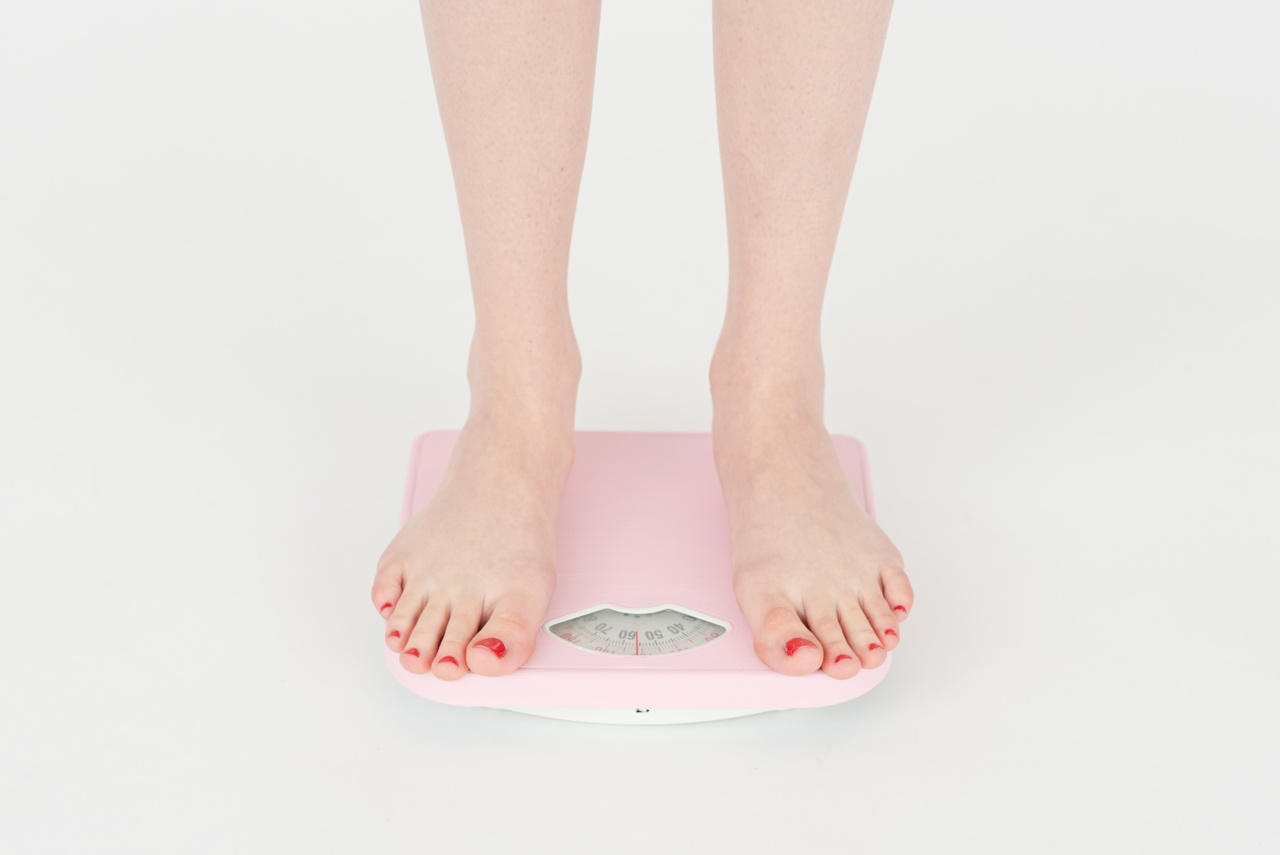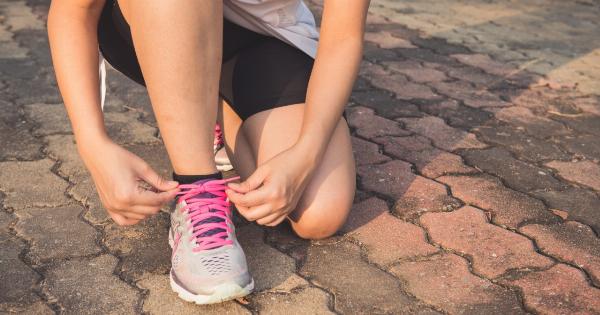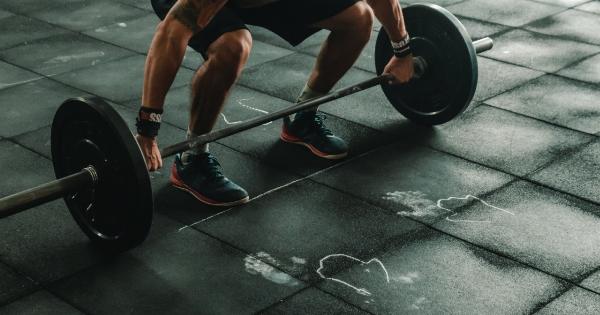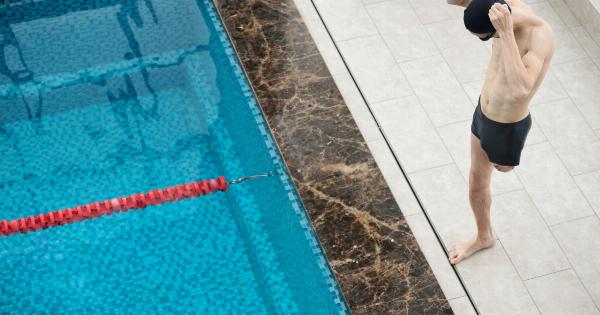Standing for long periods of time is a common requirement for many professions, such as retail workers, nurses, chefs, and construction workers.
While it may seem like a harmless activity, excessive standing can lead to various health issues and discomfort, including leg aches. In this article, we will explore the causes of leg aches from standing too much and provide effective preventive measures to alleviate this problem.
Causes of leg aches from standing too much
Understanding the root causes of leg aches can help us implement suitable preventive measures. Here are some common factors that contribute to leg aches from prolonged standing:.
Inadequate footwear
The type of footwear plays a crucial role in supporting the feet and distributing the body’s weight evenly. Wearing shoes with insufficient cushioning or lack of arch support can strain the feet and lead to leg aches.
Poor posture
Standing with incorrect posture puts excessive stress on specific muscles and joints, leading to discomfort and pain. Failing to maintain proper alignment of the spine, hips, knees, and ankles can contribute to leg aches.
Inadequate breaks and rest periods
Taking frequent breaks and incorporating rest periods is essential to provide relief to the legs and prevent the build-up of muscle fatigue.
In jobs that require prolonged standing, insufficient breaks can exacerbate leg aches and increase the risk of developing more serious conditions.
Improper floor surfaces
The type of surface one stands on can significantly impact their leg health. Standing on hard surfaces such as concrete for extended periods can cause leg aches. Lack of shock absorption can lead to muscle strain and increased discomfort.
Excessive body weight
Being overweight or obese puts additional pressure on the feet, legs, and joints. The excess weight can compound the strain caused by standing for long periods, leading to leg aches and discomfort.
Poor circulation
Prolonged standing can impede blood circulation in the legs, causing the muscles to receive less oxygen and nutrients.
Poor circulation can contribute to leg aches and increase the risk of developing conditions like varicose veins and deep vein thrombosis.
Preventive measures and remedies for leg aches
Fortunately, there are several preventive measures and remedies that can help alleviate leg aches resulting from excessive standing. By implementing these strategies, individuals can improve their leg health and overall well-being:.
1. Choose appropriate footwear
Investing in comfortable and supportive footwear is essential for minimizing leg aches. Look for shoes that provide adequate cushioning, arch support, and shock absorption. Consider using orthotic inserts if additional support is needed.
2. Maintain proper posture
Practice good posture while standing by aligning your spine, hips, knees, and ankles. Avoid slouching or locking the knees. Engaging the core muscles and distributing weight evenly can help reduce strain on the legs.
3. Take regular breaks and stretch
Take frequent breaks to rest and stretch the legs. Incorporate simple stretches like calf raises, ankle rotations, and toe curls to improve circulation and relieve muscle tension.
4. Wear compression stockings
Compression stockings can improve blood circulation in the legs, reducing leg aches and preventing swelling. These stockings apply gentle pressure to help blood flow efficiently and alleviate discomfort.
5. Use anti-fatigue mats
If standing on hard surfaces is unavoidable, consider placing anti-fatigue mats under your feet. These mats provide cushioning and support, reducing the strain on the legs and minimizing leg aches.
6. Maintain a healthy weight
Maintaining a healthy weight reduces the overall stress on the legs and joints. By incorporating a balanced diet and regular exercise, individuals can shed excess weight and alleviate leg aches resulting from standing.
7. Perform leg exercises
Strengthening the leg muscles can provide better support and endurance during prolonged standing. Include exercises like squats, lunges, and calf raises in your workout routine to improve leg strength and reduce discomfort.
8. Elevate the legs
At the end of the workday or during breaks, elevate the legs to promote better blood circulation and reduce swelling. Prop your legs up on a stool or cushion to alleviate pressure and minimize leg aches.
9. Apply heat or cold therapy
Both heat and cold therapies can help relieve leg aches. Apply a warm compress or take a warm bath to relax the muscles and improve blood flow. Alternatively, use a cold pack or ice wrapped in a towel to reduce inflammation and numb the area.
10. Seek medical advice
If leg aches persist or worsen despite implementing preventive measures, it is important to consult a healthcare professional. They can evaluate underlying conditions or provide further guidance on managing leg aches.
Conclusion
Leg aches from standing too much can have a significant impact on one’s quality of life and productivity.
By understanding the causes and implementing effective preventive measures, individuals can alleviate leg aches and promote better leg health. Prioritizing proper footwear, posture, breaks, and overall self-care is crucial for preventing leg aches and maintaining overall well-being.



























